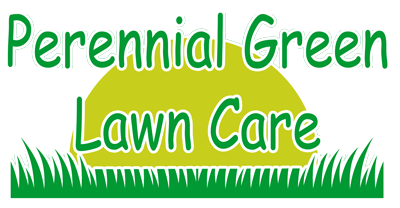A well maintained lawn is not only a source of ones pride, but can also provide many practical benefits to our environment. An average sized lawn is of about 4,000 sq feet contains some 3 million grass plants. This creates an incredibly diverse and active ecosystem that benefits property owners and the public alike. Besides green grass having an appealing aesthetic value, we must recognize its more important benefits. Here are just a few benefits that a healthy lawn provides.
-
Oxygen Production: A healthy lawn is an extremely efficient production system. Grass plants produce an endless amount of oxygen while also removing carbon dioxide from the air. A 2,500 square foot lawn will release enough oxygen to meet the daily needs of a family of four.
-
Curbing Pollution: The blades and root zone of your lawn are active in controlling pollution from the air and soil respectively. Grass blades capture airborne pollutants while a lawns dense root system traps pollutants as water filters through the soil.
-
Temperature and Noise control: During the middle of the day, hard surfaces such as roads, driveways, and sidewalks, can average 20 to 30 degrees warmer than adjacent lawn areas. Grass plants reduce undesirable noise levels by absorbing and deflecting sounds.
-
Erosion Control: A lawn’s dense root system helps bind soil particles together to effectively capture and absorb water runoff. The grass plants foliage will slow water speed so it can be more effectively absorbed into the soil.
-
Safe Recreational Surface: Dense turf is one of the safest playing surfaces to avoid injuries from falls. This is the reason why most athletic fields remain natural grass.
-
Improved Property Value: In addition to the aesthetic and environmentally beneficial value of a healthy green lawn, a well maintained landscape can increase a property’s value by as much as 10- 15%.
